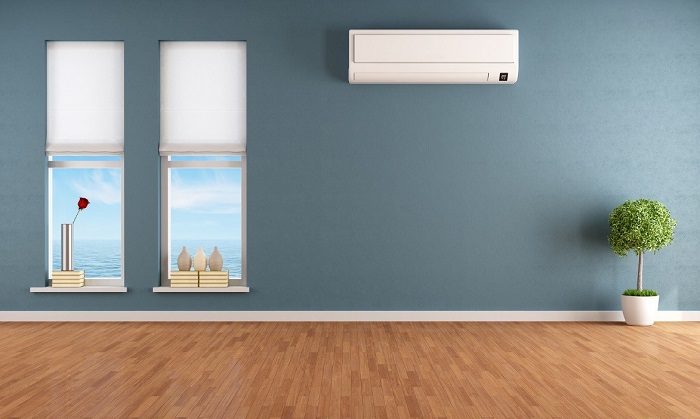When the air inside your Toronto home begins to smell weirdly or feel stuffy, there’s more you can do beyond throwing open the windows or cranking on the air conditioner. Here are five other ways you can improve indoor air quality.

Take the time for house plants.
Start with something simple: add two or three house plants to take in carbon dioxide and help purify the air. If no one in your home is allergic to pollen, flowering plants may also serve doubly as an air freshener – as long as you don’t let wilting blooms overstay in your living room, of course.
Check your appliances.
Again, this does not mean simply checking whether it’s time for air conditioner repair. The appliances you might think have little to do with air quality actually have significant impact on it. These include inefficient refrigerators or washer-dryers that give off excess heat; stoves and their connected pipes that might have punctures leaking dangerous fumes; and vacuums, which might be releasing airborne waste particles as you clean.
Inspect all your appliances regularly for any wear, tear, or other damage to avoid the risks posed by their inefficiency.
Double-check your shopping list.
The home products you least suspect also affect indoor air quality. Some linens, mattresses, pillows, and carpets are made using chemicals that emit low-level toxins after a few years of use. These are called volatile organic compounds, or VOCs, which may be also present in paint and cleaning supplies. Purchase eco-foam, non-toxic, or organic items to replace your old things.
Use your bathroom vents frequently.
Yes, just like bedroom essentials, even basic toiletries and beauty products can emit VOCs. Turn on the bathroom vents far more often than you probably do. Ventilation will help clear the air even when nasty toilet odors aren’t bothering you. It might help battle molds and scum too.
Reassess your flooring.
This might be the most complex tip to pull off. Reassess your flooring, and replace or repair it if you can. Certain carpets and tiles also emit VOCs – as do the sealants, adhesives, and backings that come with them. It might be easier to switch to non-toxic cleaning and bonding supplies, but, if you change your flooring, make sure your new installation won’t interfere with insulation and humidity control.
If you have any other questions about improving indoor air quality, approach your local Toronto AC installation and AC repair specialist. The pros can surely answer them for you.
Sources:
Understanding healthy indoor air quality. Newsminer.com, August 4, 2016.
6 Ways to Improve the Air Quality in Your Home. Popular Mechanics, July 25, 2016.